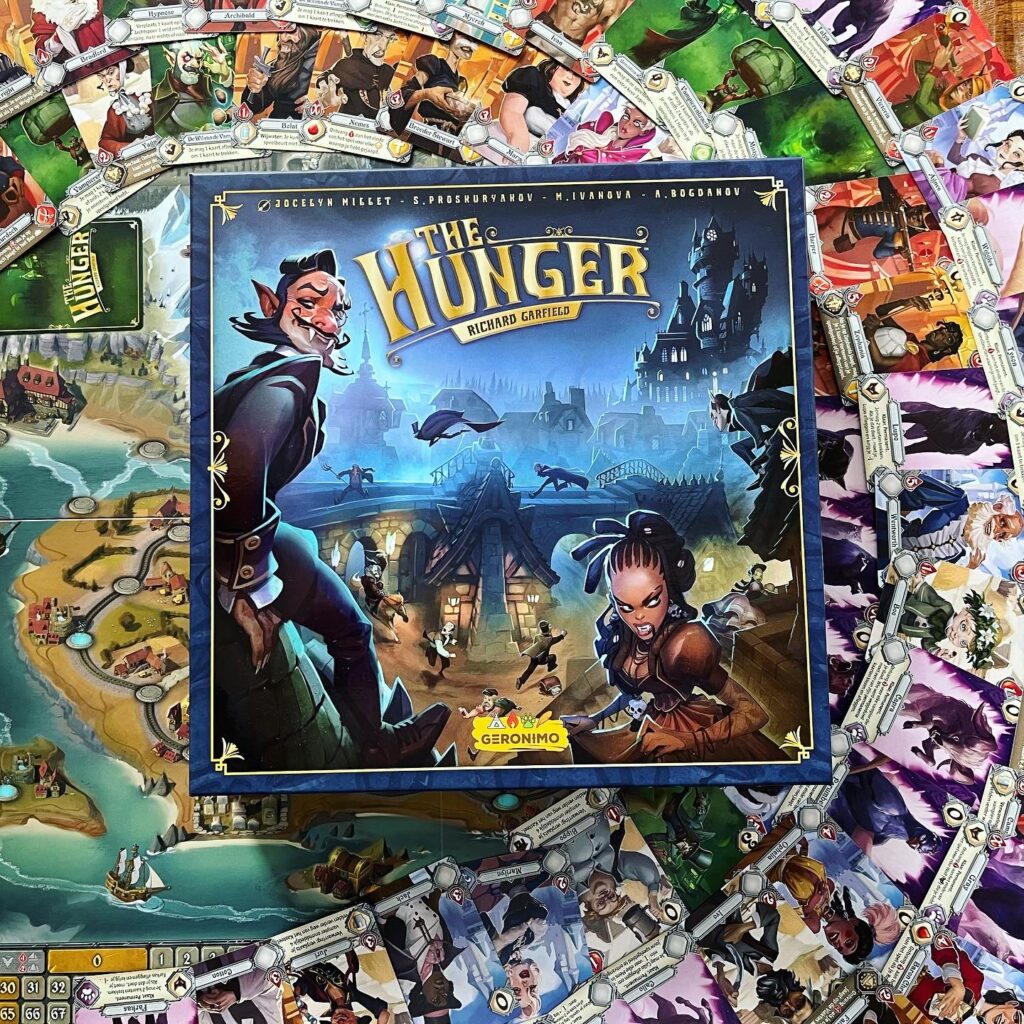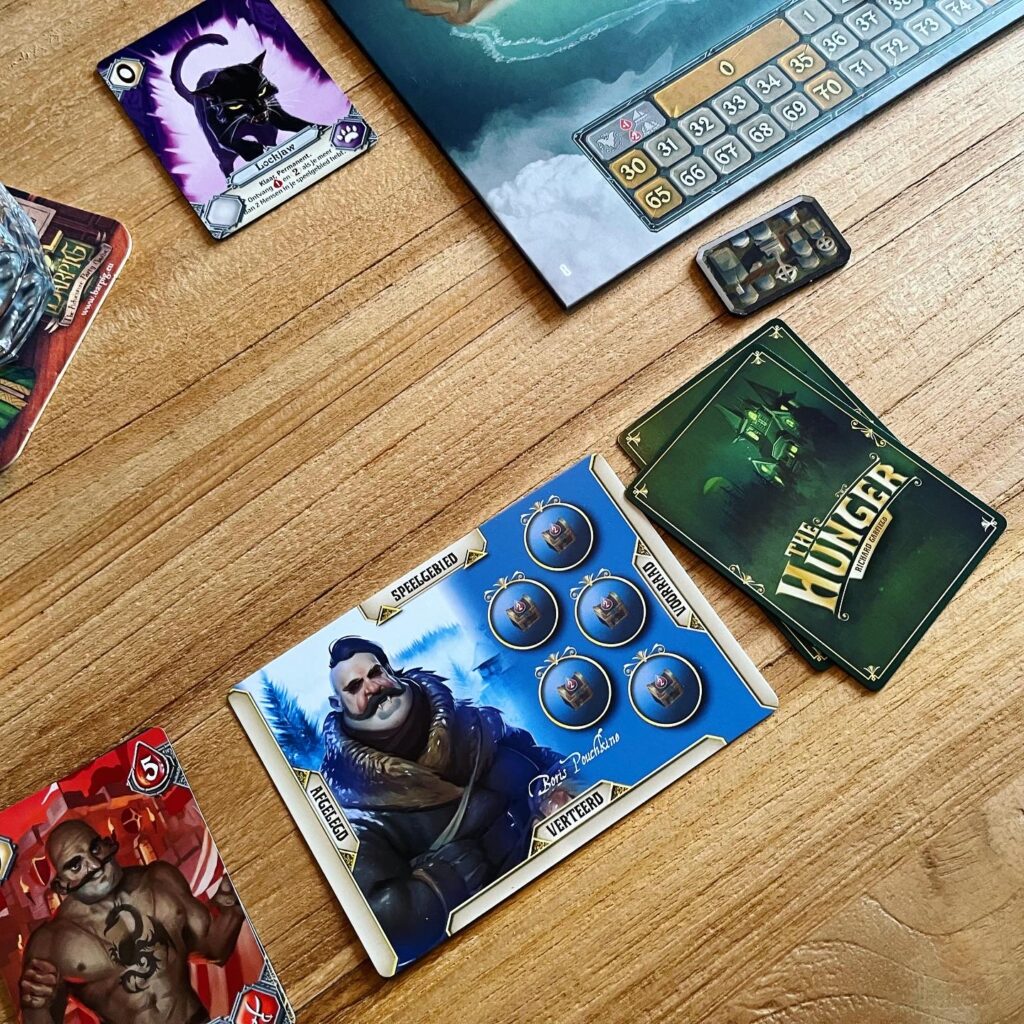What do you do in the shadows? For centuries, you and your bloodthirsty buddies have been locked away in a dark, dusty castle, sometimes for days on end. Boredom and hunger are rife, but a simple trip to the supermarket in broad daylight is not a simple easy undertaking. As soon as you come into contact with just a tiny ray of sunlight, you are engulfed in ash and smoke. You are a vampire: a creature of the night… A few centuries ago, a primordial vampire got hold of you and stripped you of your blood and humanity. After dying as a human, you resurrected as an immortal and supernatural being. A blessing and a curse. After the rebirth, you almost immediately developed a strong preference for clothing with flamboyant Gothic edges, a generic European accent, very peculiar character traits, a particular preference for enclosed beds and, of course, a fondness for a red, viscous liquid called sanguis.
During the day you sleep in late and for your hunting you rely on the darkness as your ally and in the dead of night you enjoy a human feast. For fear of humanitarian reprisals (such as mobs with torches and pitchforks to professional vampire hunters with wooden stakes, holy water, garlic and whips), you and your hungry housemates normally keep to yourselfs, but when hunger strikes, you’ll strike too in The Hunger, published by Renegade Games. Will you survive the night or will you go up in flames at daybreak?

Goal and setup
The Hunger is a deck builder and a race against the other players and even the clock in which each player assumes the role of a colourful and characteristic vampire. In 15 rounds (sunset to sunrise), players leave the castle and go hunting for human snacks. Further away from the castle, the food is more appetising and the hunt yields more points, but you must return home before the end of the night, or you will be engulfed in flames, ash and smoke!
When players set up The Hunger, they will place two game boards on the table. The large game board depicts a mountain with the castle, the valley and the forest. On the small game board, a “market” of cards is laid out comprising cards for players to hunt. Each player receives their own starting deck and the hunt can begin.
Gameplay
The Hunger uses a simple, yet intuitive game mechanism and twist on the deck building mechanism. Each turn, a player has three cards in their hand and must play them. First of all, a player must activate all cards with a draw or discard mechanism, and furthermore the player is free in which order cards are used. Some cards have effects, but each card has a value in the top left corner. This value indicates the speed of a card. The speed of the played value added together can be used by a player to move (at his choice) on the board and/or to hunt. Suppose a player has a total value of 8 and uses 5 to move, this player can hunt for a value of 3.
There are special spaces on the game board with bonuses or special properties. If you land on one of these spaces at the end of a turn, you may be able to take a new mission tile or hunt for an extra round at the end of your turn.
After a player has moved (possibly), this player can hunt. In principle, a player can hunt only once. On the market board there are several columns and rows of single cards or stacks of cards. A player can “pay” to acquire a single card/stack of cards. Acquired cards are generally added to your discard pile. Once your draw pile is empty, the discard pile is shuffled to form a new draw pile.
There are different types of cards. Familiars are animals that help you and give you permanent bonuses, powers enable you to hunt or move more quickly and humans give you blood (victory points). If you hunt humans, you immediately earn the corresponding victory points and possibly bonus points depending on your location on the board. Humans can however slow down your deck as they provide no speed or even negative speed. Some people also provide additional negative effects to stump you during your hunt. Hunting a lot of people earns a player a lot of points, but it also reduces a player’s ability to move and hunt. This is a nice implementation of the theme. If a player is greedy, this can have major consequences.
Verdict
The Hunger is an exciting race against the clock and your opponents. Whoever manages to collect the most blood (points) and also manages to return to the graveyard or castle in time, wins the game, but not everyone returns. If you do not return before the start of daylight, you are literally out of the race. It can occur that no player reaches the finish line. The theme is implemented in a fun and distinctive way and actually has a material impact on the course of gameplay. When a player is too greedy, his or her deck becomes chunky and therefore slower and full of negative effects. You may have the most victory points, but just try to draw the right cards to get back to the castle in time. Luckily, you can digest certain humans, so you can remove these cards from your deck without losing any points. In The Hunger, players must test their luck: they have to take a gamble for a high score, but play careful enough and know when to stop. Players, like in other deckbuilders, must cleverly assemble their deck to build a well-oiled machine. Players are limited each turn by the fact that they can only (in principle) play three cards, so the deck can quickly become too full. The Hunger is an extremely fun challenge: difficult, challenging and exciting. A game to sink your teeth into!






